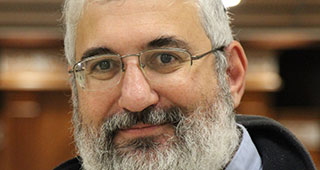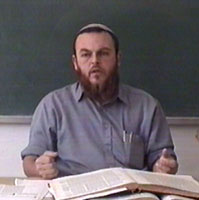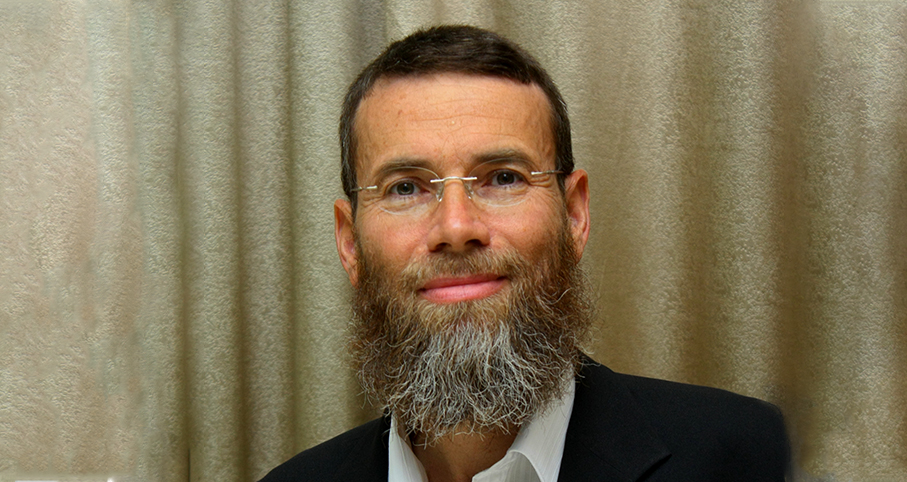Beit Midrash
- Torah Portion and Tanach
- Bereshit
- Chayei Sara
The Torah study is dedicatedin the memory of
Hana Bat Haim
The beginning of the haftara raises many questions. Clothes do not warm David, and so his servants search for the most beautiful young woman in the land (Avishag Hashunamit) and bring her to lie next to David to warm him. Immediately thereafter, the navi relates that Adoniyahu, David’s son, made public steps to secure succeeding David as king. At first glance, affairs in the palace of David, author of Tehillim and our guest in the sukka on Hoshana Rabba, seem reminiscent of Achashveirosh’s palace, where a national beauty contest was held on his behalf. We should also consider whether the servants’ plan to care for David is connected to Adoniyah’s actions, or are both just outgrowths of his infirmed state. Note also that we learn from the continuation of the perek that these servants were of the highest echelons of David’s hierarchy. Why would they get involved in such a plan?
It is possible that the following, complex situation was influencing events. David had sworn to Bat Sheva that her son, Shlomo, would rule after him (pasuk 17, 30). There were those, including the Sar Hatzava, Yoav ben Tzruya and the Kohen Gadol, Evyatar, who vehemently opposed Shlomo’s ascension to the throne, for good reason. It would eternalize the significance of David’s union with Bat Sheva, which certainly had negative connotations, no matter how one learns that painful episode. Furthermore, Adoniyah was a wonderful, alternative candidate. The p’sukim mention the following worthwhile qualities. 1) He was the oldest of the firstborn of the mothers; 2) His actions had been without reproach until this point; 3) He was a most handsome man (also often a hint at a similar internal beauty); 4) The other princes and the nation supported his candidacy.
Despite all of this, David realized that Shlomo’s kingdom would strengthen the concept of the power of chazara b’teshuva, the ability to repent and be atoned, which Chazal tell us was the lesson of the episode of David and Bat Sheva. David’s officers did not accept this and tried to set him up for a failure that would prove that it was unwise to trust his judgment on the matter. That is why the navi uses phrases in the story of Avishag that are tellingly reminiscent of the parable of kivsat harash (the poor man’s sheep), with which Natan rebuked David after the story of Bat Sheva. David did not fight the plan, because he was prepared to prove that this time he was ready for the moral challenge raised by Avishag. Indeed, the navi relates that he did not have relations with her despite her availability. For this reason the navi uses the phrase "zaken, ba bayamim" to describe David’s old age, to demonstrate that he was clean of sin, like Avraham.

Parashat Hashavua: Tanach is One Book Made of Pieces that Must Be Connected
Rabbi Yossef Carmel | Cheshvan 5785





















